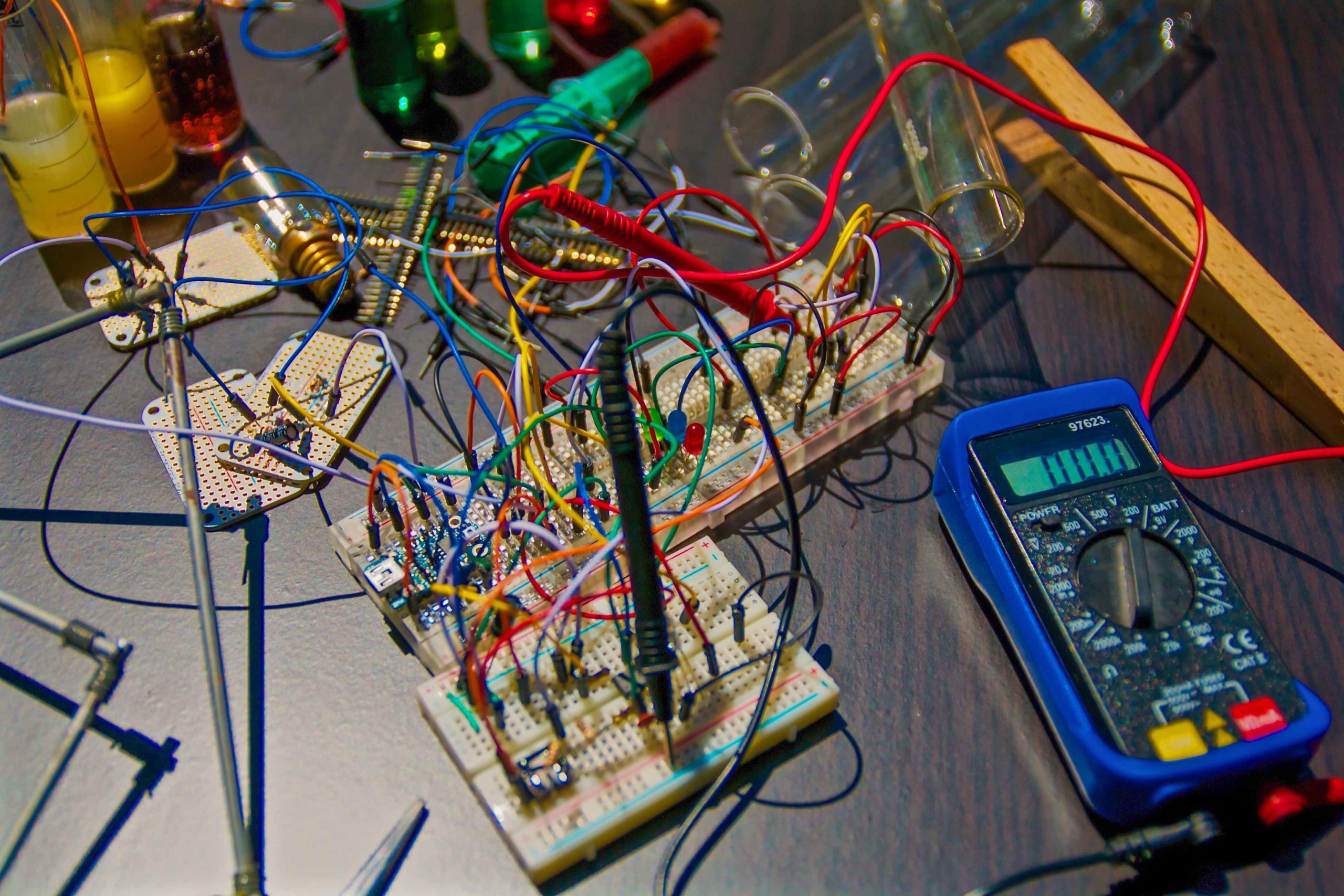In the modern age, electronics surround us, shaping the way we live, work, and communicate. From smartphones that fit in the palm of our hands to powerful computers that process complex data, these devices have become an integral part of our daily lives. But what lies beneath the sleek surfaces of our gadgets? What are the core components that make these devices function seamlessly?
At the heart of every electronic device lies a world of intricate components, each with a specific function, working together harmoniously to deliver the performance we expect. Let’s peel back the layers and explore the core components that power our modern devices.
Microprocessors: The Brain of Electronics
Microprocessors serve as the brain of electronic devices, processing instructions and executing tasks at incredible speeds. These tiny silicon chips contain millions, if not billions, of transistors, allowing them to perform complex calculations and operations. Microprocessors power everything from computers and smartphones to gaming consoles and smart home devices. Their ability to handle vast amounts of data and execute instructions with precision makes them indispensable in modern electronics.
Memory Modules: Where Data Resides
Memory modules, including RAM (Random Access Memory) and storage devices like SSDs (Solid State Drives) and HDDs (Hard Disk Drives), store data and information on electronic devices. RAM provides quick access to data for the processor, enabling fast and efficient multitasking. SSDs and HDDs, on the other hand, store data persistently, allowing users to save files, applications, and the operating system. These memory components play a crucial role in determining the speed and responsiveness of electronic devices.
Integrated Circuits: The Building Blocks
Integrated circuits (ICs) are compact arrangements of transistors, resistors, capacitors, and other electronic components interconnected on a semiconductor wafer. ICs are the building blocks of electronic devices, enabling the creation of complex circuits in a compact form factor. They come in various types, such as analog ICs for processing continuous signals and digital ICs for processing discrete signals. ICs are the backbone of electronic systems, providing functionality for tasks ranging from amplifying signals to processing digital data.
Power Supplies: Energizing Electronics
Power supplies convert electrical energy from outlets or batteries into the specific voltages and currents required by electronic devices. Without stable and reliable power supplies, electronic components cannot function properly. Power supplies come in various forms, including linear power supplies and switch-mode power supplies, each suitable for different applications. They ensure that electronic devices receive the energy they need to operate efficiently and safely.
Printed Circuit Boards (PCBs): Connecting the Dots
Printed circuit boards (PCBs) provide the physical platform for mounting electronic components and creating interconnections between them. PCBs consist of layers of non-conductive substrate material with copper traces etched onto their surfaces. These traces serve as electrical pathways, connecting different components on the board. PCBs enable the organized arrangement of components, ensuring proper electrical connections and allowing for efficient heat dissipation.

